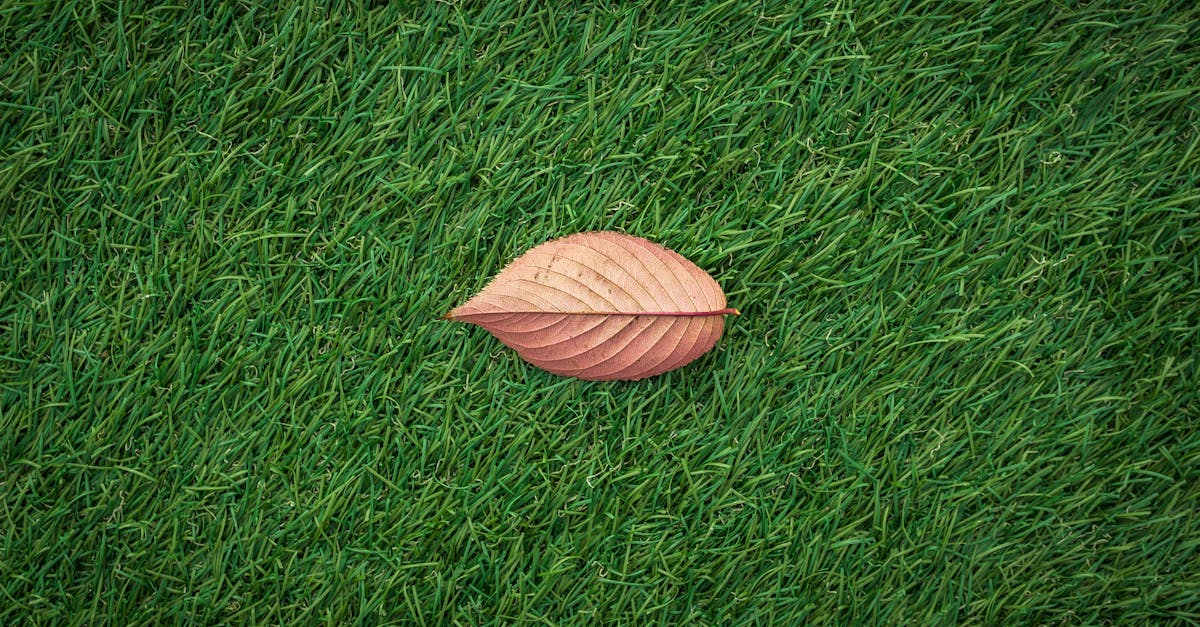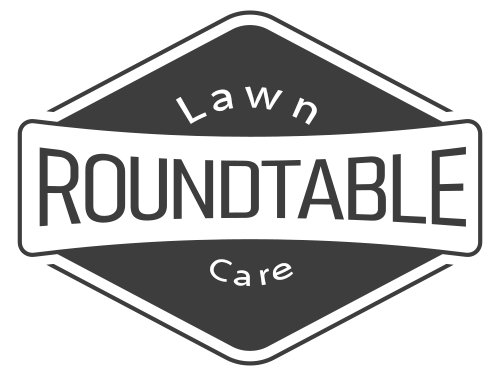Beat the Heat: A Comprehensive Guide to Summer Lawn Care

Summer is a time to enjoy the outdoors, but it can also be a stressful time for your lawn. The heat, drought, and pests can take a toll on your grass, leaving it looking brown and unhealthy. But with a little extra care, you can keep your lawn looking its best all summer long.
In this guide, we’ll cover everything you need to know about keeping your grass alive and thriving in summer heat. We’ll discuss watering strategies, mowing techniques, fertilizing tips, and more. We’ll also provide you with some additional tips for a thriving summer lawn.
So whether you’re a new homeowner or a seasoned gardener, this guide has everything you need to keep your lawn looking its best all summer long.
Key Insights for a Thriving Summer Lawn
- Water your lawn deeply and infrequently to encourage deep root growth and reduce water loss.
- Mow your lawn at a higher height and less frequently to reduce stress and promote healthy growth.
- Fertilize your lawn with a fertilizer that is high in nitrogen and potassium to promote growth and strengthen the grass.
- Control pests and diseases by applying pesticides or fungicides, or by encouraging beneficial insects and organisms.
- Use additional tips like shade management, mulching, and choosing drought-tolerant grass varieties to enhance your lawn’s health.
1. Introduction: The Challenges of Summer Heat on Grass
Summer heat can be tough on your lawn. The hot, dry weather can cause drought stress, heat stress, and disease. Here’s a closer look at each of these challenges:
Drought stress occurs when your lawn doesn’t get enough water. This can happen during periods of extended heat, when the water in the soil evaporates quickly. Drought stress can cause your grass to turn brown, wilt, and eventually die.
Heat stress occurs when the temperature of the grass blades exceeds their optimum range. This can happen during periods of extreme heat, when the temperature of the air and soil is very high. Heat stress can cause your grass to wilt, turn brown, and eventually die.
Disease is a common problem for lawns in the summer. The warm, humid weather provides an ideal environment for fungi and other disease-causing organisms to thrive. Common lawn diseases in the summer include brown patch, dollar spot, and rust.
By understanding the challenges that summer heat poses to grass, you can take steps to protect your lawn and keep it looking its best all season long.
2. Watering Strategies for Summer Lawns
Watering your lawn is essential for keeping it healthy and green, but it’s especially important during the summer months when the heat and drought can take a toll. Here are a few tips for watering your lawn in the summer:
-
Water deeply and infrequently. This encourages the roots of your grass to grow deep into the soil, which makes them more resistant to drought. Water your lawn for 30-45 minutes, two to three times per week. Avoid shallow watering, which only wets the surface of the soil and encourages shallow root growth.
-
Water in the morning. This gives the water time to soak into the soil before it evaporates in the heat of the day. Watering in the evening can lead to fungal diseases.
-
Avoid overwatering. Overwatering can drown your grass and lead to root rot. Only water your lawn when it needs it. You can check the soil moisture by sticking your finger in the ground. If the soil is dry down to your first knuckle, it’s time to water.
By following these tips, you can help your lawn stay healthy and green all summer long.
3. Mowing Techniques for Summer Grass
Mowing your lawn is an important part of its care, but it’s especially important during the summer months when the heat and drought can take a toll. Here are a few tips for mowing your lawn in the summer:
-
Mow at a higher height. This will help to reduce water loss and heat stress. The ideal mowing height for summer is 2.5 to 3 inches. Avoid mowing your lawn too short, as this can damage the grass and make it more susceptible to drought and disease.
-
Mow less frequently. During the summer months, you can reduce the frequency of your mowing. Mow your lawn every 7 to 10 days, or as needed. Avoid mowing your lawn too often, as this can stress the grass and make it more susceptible to drought and disease.
-
Use a sharp mower blade. A sharp mower blade will cut the grass cleanly, which will help to reduce water loss and heat stress. Avoid using a dull mower blade, as this can tear the grass and make it more susceptible to drought and disease.
By following these tips, you can help your lawn stay healthy and green all summer long.
4. Fertilizing Grass in Summer: Essential Nutrients and Timing
Fertilizing your lawn is an important part of its care, but it’s especially important during the summer months when the heat and drought can take a toll. Here are a few tips for fertilizing your lawn in the summer:
-
Choose the right fertilizer. The best fertilizer for summer lawns is one that is high in nitrogen and potassium. Nitrogen is essential for grass growth, while potassium helps to strengthen the grass and make it more resistant to drought and disease.
-
Apply the fertilizer at the right time. The best time to fertilize your lawn in the summer is in the early morning or late evening, when the grass is not stressed by the heat. Avoid fertilizing your lawn during the middle of the day, as this can burn the grass.
-
Water the fertilizer in. After you have applied the fertilizer, water your lawn deeply to help the fertilizer soak into the soil. This will help to prevent the fertilizer from burning the grass.
By following these tips, you can help your lawn stay healthy and green all summer long.
5. Controlling Summer Lawn Pests and Diseases
Summer is a time when pests and diseases can take a toll on your lawn. Here are a few tips for controlling common summer lawn pests and diseases:
-
Grubs are the larvae of beetles, and they can cause extensive damage to your lawn by feeding on the roots of the grass. To control grubs, you can apply a grub control product to your lawn in the spring or early summer. You can also encourage beneficial nematodes in your lawn, which will help to control grubs naturally.
-
Chinch bugs are small, black insects that can also cause extensive damage to your lawn by sucking the juices from the grass blades. To control chinch bugs, you can apply a chinch bug control product to your lawn in the summer. You can also encourage beneficial insects in your lawn, such as ladybugs and lacewings, which will help to control chinch bugs naturally.
-
Fungal diseases are common in the summer, especially during periods of high humidity. To control fungal diseases, you can apply a fungicide to your lawn in the summer. You can also improve the air circulation around your lawn by mowing your grass at a higher height and removing any thatch or debris from your lawn.
6. Summer Lawn Renovation Techniques
Summer is a great time to renovate your lawn, as the warm weather and ample sunlight will help the new grass to grow quickly. Here are a few tips for summer lawn renovation:
-
Overseeding is a great way to thicken up your lawn and fill in any bare spots. To overseed your lawn, simply spread grass seed over the entire lawn and water it in. You can also use a slit seeder, which will help to get the seed into the soil.
-
Core aeration is a great way to improve the drainage and air circulation in your lawn. To core aerate your lawn, you will need to rent a core aerator from your local hardware store. Once you have the aerator, simply push it across your lawn, removing plugs of soil as you go.
-
Topdressing is a great way to add nutrients and organic matter to your lawn. To topdress your lawn, simply spread a thin layer of compost or topsoil over the entire lawn and water it in.
7. Additional Tips for a Thriving Summer Lawn
Here are a few additional tips for a thriving summer lawn:
-
Shade management: If your lawn has areas that are shaded by trees or buildings, it is important to choose grass varieties that are tolerant of shade. You can also try to increase the amount of sunlight that reaches your lawn by pruning trees and shrubs. If needed, consider creating a backyard that’s mostly or completely shaded, and design your yard with shade-loving plants and hardscaping.
-
Mulching: Mulching your lawn is a great way to conserve water, suppress weeds, and add nutrients to the soil. To mulch your lawn, simply mow your grass at a high height and leave the clippings on the lawn. If you allow grass clippings and leaves to decompose naturally, it will fertilize your lawn and reduce thatch buildup.
-
Drought-tolerant grass varieties: If you live in an area that is prone to drought, it is a good idea to choose drought-tolerant grass varieties. Drought-tolerant grasses have deep roots that can access water deep in the soil. They also have thick, waxy leaves that help to reduce water loss.
What is the best time of day to water my lawn in the summer?
The best time of day to water your lawn in the summer is in the early morning or late evening. This will help to reduce water loss due to evaporation.
How often should I mow my lawn in the summer?
You should mow your lawn every 7 to 10 days during the summer. Avoid mowing your lawn too often, as this can stress the grass and make it more susceptible to drought and disease.
What is the best type of fertilizer to use on my lawn in the summer?
The best type of fertilizer to use on your lawn in the summer is one that is high in nitrogen and potassium. Nitrogen is essential for grass growth, while potassium helps to strengthen the grass and make it more resistant to drought and disease.
How can I control pests and diseases on my lawn in the summer?
You can control pests and diseases on your lawn in the summer by applying a pesticide or fungicide. You can also encourage beneficial insects and organisms in your lawn, which will help to control pests and diseases naturally.
What are some additional tips for a thriving summer lawn?
Here are a few additional tips for a thriving summer lawn:
- Shade management: If your lawn has areas that are shaded by trees or buildings, it is important to choose grass varieties that are tolerant of shade.
- Mulching: Mulching your lawn is a great way to conserve water, suppress weeds, and add nutrients to the soil.
- Drought-tolerant grass varieties: If you live in an area that is prone to drought, it is a good idea to choose drought-tolerant grass varieties.
Table of Key Insights for a Thriving Summer Lawn
| Key Insight | Description | |—|—| | Water deeply and infrequently | Encourages deep root growth and reduces water loss. | | Mow at a higher height and less frequently | Reduces stress and promotes healthy growth. | | Fertilize with a high nitrogen and potassium fertilizer | Promotes growth and strengthens the grass. | | Control pests and diseases | Use pesticides or fungicides, or encourage beneficial insects and organisms. | | Use additional tips like shade management, mulching, and choosing drought-tolerant grass varieties | Enhances your lawn’s health and appearance. |
